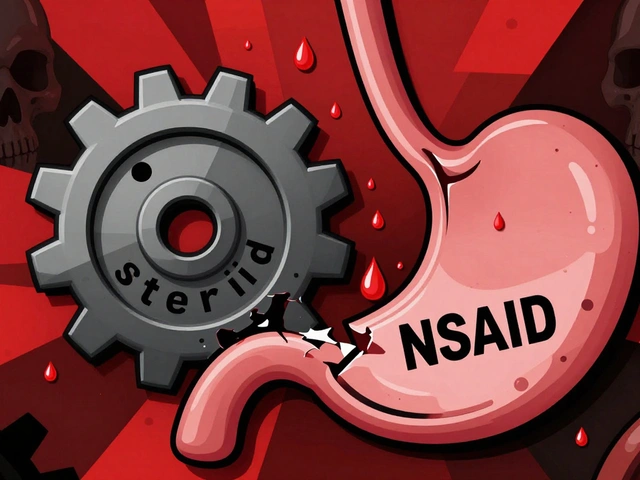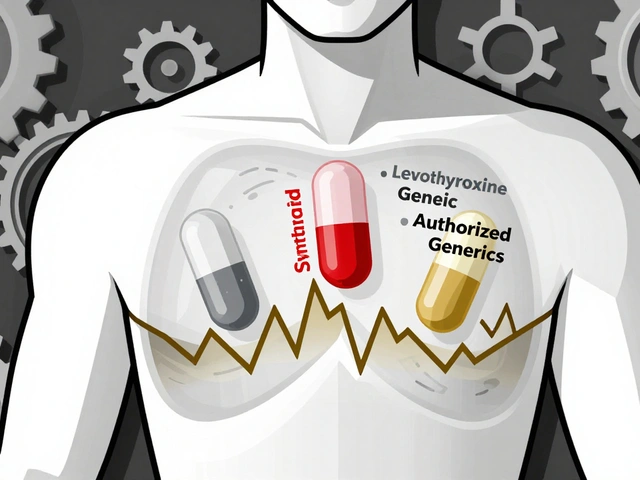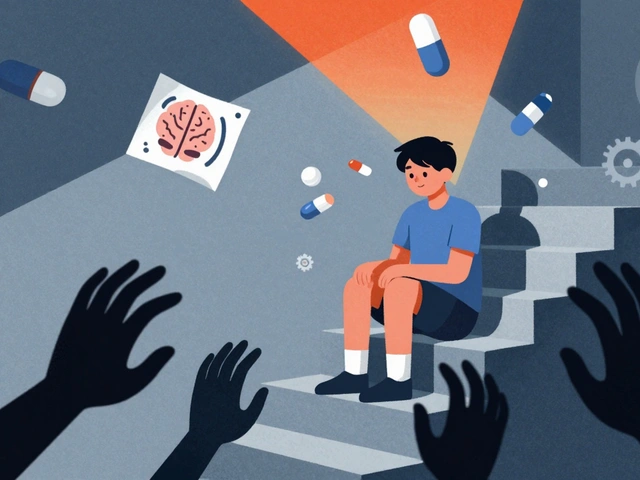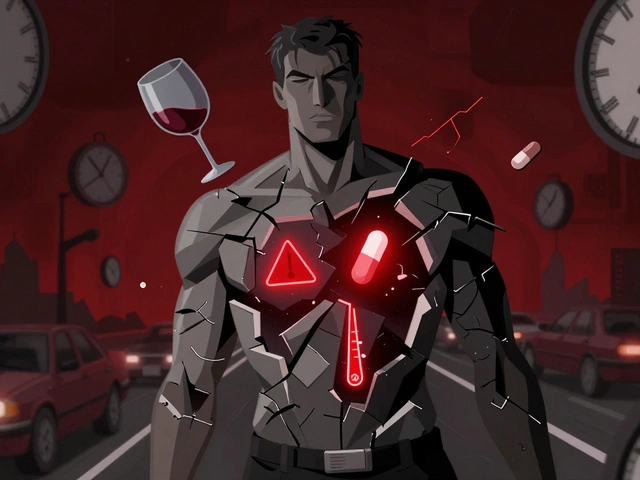Acute cholecystitis — what it looks like and what to do fast
Sharp pain under the right ribs after a fatty meal, fever, and nausea? That pattern often points to acute cholecystitis — sudden inflammation of the gallbladder, usually from a blocked cystic duct caused by a gallstone. It can stay mild or turn serious quickly, so knowing the signs and next steps matters.
Symptoms you won’t want to ignore
Typical symptoms start with constant pain in the right upper belly or under the right rib cage. The pain can last hours and may spread to the right shoulder or back. Other common signs: fever, chills, nausea, vomiting, and sometimes yellowing of the skin or eyes (jaundice). If you have severe pain plus fever, lightheadedness, or trouble breathing, seek emergency care.
Less obvious cases happen in older adults or people with diabetes — they may have milder pain but still be very ill. Don’t dismiss atypical symptoms if you feel unusually weak or confused.
How doctors figure it out
Start with a focused exam and blood tests. Labs often show an elevated white blood cell count and inflammation markers. Liver function tests and bilirubin help spot bile duct involvement. The first-line imaging test is an abdominal ultrasound. It shows gallstones, thickened gallbladder wall, and fluid around the gallbladder. If ultrasound is unclear, a HIDA scan or CT can confirm blockage and inflammation.
Early diagnosis matters because acute cholecystitis can progress to gangrene, perforation, or sepsis if left untreated.
Treatment usually begins in the hospital. Doctors give IV fluids, pain control, and antibiotics if infection is suspected. Most patients need a cholecystectomy — surgical removal of the gallbladder — ideally within 24–72 hours if they’re stable. Laparoscopic surgery is the usual approach and has faster recovery. For very sick patients who can’t tolerate surgery right away, a temporary option is percutaneous cholecystostomy (a tube to drain the gallbladder) to control infection until surgery is safer.
After surgery most people feel much better and can return to normal diet once recovered. If gallstones caused the problem, removing the gallbladder prevents recurrence.
Want to avoid getting to this point? Slow, steady weight loss, avoiding very high-fat crash diets, and treating symptomatic gallstones early can lower risk. Rapid weight loss and certain medical conditions raise the chance of stones forming.
If you’re researching symptoms or treatment options, check our related posts like “Understanding Vomiting and Gastroenteritis,” “Protonix: The Truth About This Acid Reducer,” and “Exploring 9 Effective Alternatives to Motilium” for more on digestive issues and meds. Always talk with your doctor for personalized advice — acute cholecystitis is a medical issue where timing and proper care make a big difference.
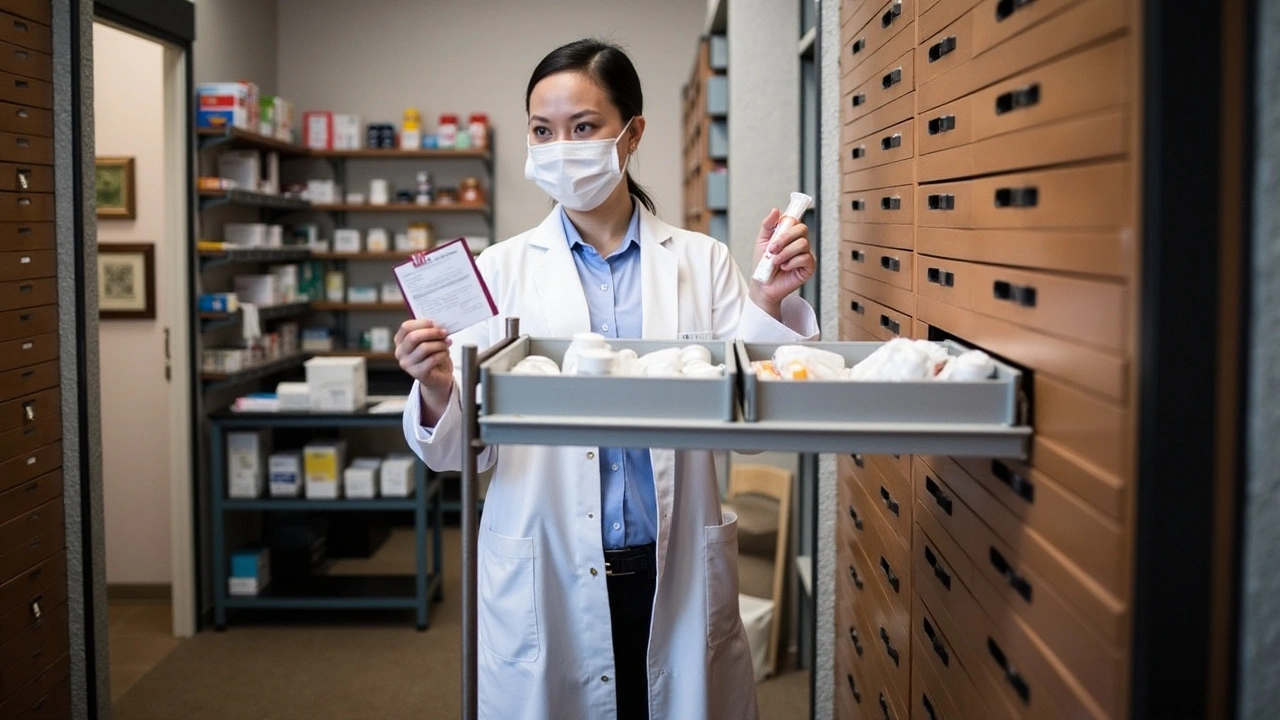
Understanding Antibiotics for Acute Cholecystitis: Treatment Options and Procedures
Antibiotics are the primary treatment for acute cholecystitis, a condition marked by gallbladder inflammation often due to gallstones. These medications work against biliary tract infections, with common choices including penicillins, cephalosporins, and quinolones. Treatment usually involves IV administration in hospitals. Post-antibiotic therapy typically leads to cholecystectomy to prevent future episodes.
read more
